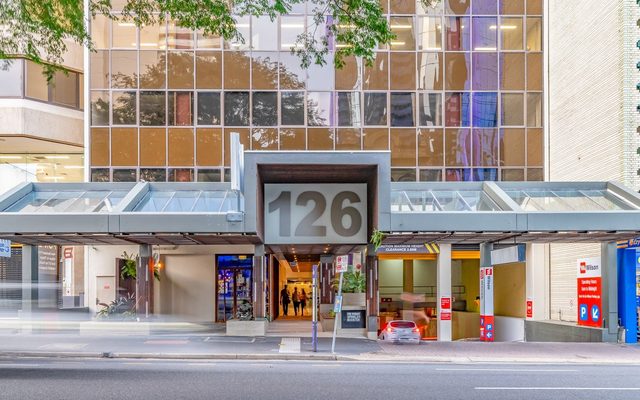This article is from the Australian Property Journal archive
RECENT investors into the commercial property market are facing a “headache after the party” as uncertainty lingers, while for longer-term holders the current weakness will be “just another blip” in the cyclical nature of the market, according to professional services firm KPMG.
Its latest Australia Commercial Property Uncertainty Index showed the battered office sector index had the highest uncertainty rating of the traditional markets, lifting 3.5 index points to 15.9 in the March quarter – its highest rating since December 2009.
The retail sector remained slightly above its long-term uncertainty average of 4.5, recording a 1.8 index point increase to 6.4, while the industrial sector lifted sharply by 5.4 index points to 11.6 at the end of the March quarter.
KPMG said the the short-term outlook for Australia’s commercial property market remains “subdued” after the overall index lifted for a second straight quarter in March.
Consistent returns will generate a low index reading, and a spike will indicate significant flux in market conditions.
“Tenant demand for retail and office spaces across the country remains weak, with a turnaround unlikely for some time,” KPMG chief economist Brendan Rynne said.
“Many recent commercial property investors are now facing the headache after the party. Persistent inflation and higher interest rates, combined with geopolitical tensions and global economic concerns, have all weighed on investor sentiment.
“Still, the value of building approvals is growing despite high construction costs, indicating some optimism among investors, and the near-term is likely to present buying opportunities.”
Recently analysts said office values have not bottomed out in Melbourne’s office market with the gap between buyer and seller expectations widening further, implying that the current repricing cycle, which has already outstripped the correction seen during the global financial crisis (GFC), prices need to fall by at least another 18%.
The Property Council’s July data showed Australia’s overall office vacancy rate fell from 14.8% to 14.6% over the last six months, though this rate still sits 4.2% above the historical average.
Bucking the downward trend was the Brisbane office market where demand remained strong compared to Sydney and Melbourne, KPMG said, due to a surge in demand from corporate and government entities.
KPMG said property values are correcting after an abnormally strong period of investor activity that driven by low debt costs and “post-COVID bullishness”.
“The likelihood is it will be some time before the recent peak in real asset values will achieved again. For many recent investors, they are now facing the headache after the party. Made harder where these investors are crystallising losses through continual marking-to-market valuations,” it said in the report.
“For those long-term investors, this current market weakness will just be another blip in their history of holding cyclical assets, while the near-term is also likely to present buying opportunities from those vendors that don’t have either the cash flow or balance sheet strength to hold on.”
Office building sales froze in the wake of the widespread adoption of flexible and remote working during the pandemic, which is still creating uncertainty over office space requirements. Liquidity is only just returning to the market, and major assets, such as Mirvac’s 40 Miller Street in North Sydney and 367 Collins Street in Melbourne, have sold at 20% discounts to peak book values.
The share of office exposures in total commercial property exposures has continued to decline, dropping from 32% in early 2021 to 28% in the March quarter this year due to the increasing risks in the office sector.
Industrial assets are still being viewed by lenders as safer investments, with the sector increasing from 16% to 18% over the year to March.
Industrial property markets continue to show exceptionally low vacancy rates despite economic headwinds. It noted that while the vacancy for industrial properties picked up in the December quarter last year to 1.3%, overall volatility industrial vacancy rates remain quite low, at approximately 1%, and NSW has sustained vacancy levels below 1% for the past two years due amid particularly tight supply.
KPMG noted that vacancy rates across the retail sector increased by 240 basis points over the past 12 months and investment returns continue to deteriorate as interest rates dent consumer sentiment and purchasing power.
“Despite the decline in returns, not all retail properties have been affected equally. Super and major regional shopping centres, along with prime retail properties, have managed to record to lowest falls in total returns due to their strong growth in income,” the report said.




